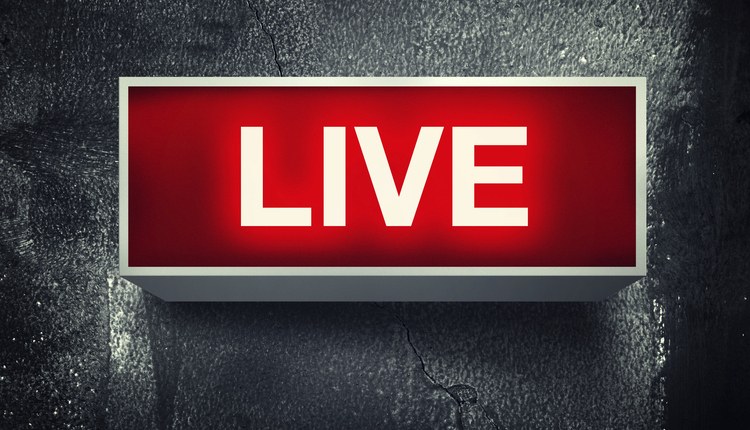
Putting together a conference is a lot of work, but the rewards are endless for the organizers, presenters, vendors and attendees. If you aspire to host a fitness conference, take a look at a “behind the scenes” view of planning. It is important to understand that the number one reason for attendees is generally to receive continuing education credits (CECs). When hosting an event, you must be sure you get the CECs available are appealing to attendees, offer appealing workshop choices, highlight reputable speakers, and ensure that it is easy to register.
Get ready
Creating a successful event is all about planning. Starting at the event date and working backward, a timeline begins to take shape that will serve as the foundation of your conference planning. This timeline sets dates and deadlines, and everyone involved in the project works from it. It includes pricing deadlines, editing and proofing deadlines for online and print, email blast dates, times to rent mailing lists and other significant tasks that need to be addressed in preparation for the show.
- Quote earlier (rather than true) deadlines to those people involved who are outside your office (the printer, the speakers, the vendors, etc.; this allows for unforeseen issues to arise without compromising your timeline.
- You must protect yourself! Deadlines are essential for conference registration. Scheduling three or four deadlines with financial incentives to register right away allows you a huge advantage by locking-in attendees early on. Once you have their money and your event is on their calendar, that attendee is yours. If an attendee has made a financial investment rather than at the door, they are far more likely to attend.
Ultimately, it is recommended to plan at least a year out for a moderately sized conference. If you ever get caught with having to change something big late in the game (like your venue), it can be a nightmare; however, change can often be the best thing to happen for your event. Like Facebook CEO Sheryl Sandberg asserts, “In business, being risk averse can result in stagnation.” You have to move quickly when change needs to happen, but also refrain from jumping into something so quickly that it is the wrong choice. You have to strategize and apply the “When one door closes, another one opens” theory. Being mindful with current tasks at-hand while simultaneously always thinking forward can help ease overwhelm that can come with event planning.
Get set
Knowing your target audience is the key to effective marketing and wise spending. Are you offering a mind-body conference? Are you trying to reach personal trainers? Once the target audience has been identified, the next step is figuring out how to reach them. Establish postal mail and email databases; start small, then build. Research your area. Browse online and network for names of health club managers and coordinators, then extend an invitation for a meeting. Pound the pavement. Shake hands and introduce yourself. Make phone calls. Answer the phone. Put in the time to connect and build relationships.
Decide whether you want to have a hardcopy brochure or list all information online. Again, consider how your target market accesses information. Is a listing in PFP magazine a good way to reach the attendees you want at your conference? Would it be smart to rent the ACE mailing list if you are not offering ACE credits? Social media accounts like Facebook and Twitter can also help create and maintain buzz about your event. A few clicks can update interested attendees on upcoming deadlines, registration deals and other exciting tidbits that you will deliver at your conference. It is also important to remember offering information on accommodations for out-of-town attendees who have to plan flights, hotel, time-off work and so on. Getting information into the hands of your target audience at the earliest possible date is always in your best interest (and theirs!).
Once your deadlines have expired, your team is ready and the event begins, unforeseen situations will inevitably arise. Above all, it is important to keep yourself and your staff cool, calm and collected. There is a solution to every problem, whether it’s finding an extra extension cord, running to Kinko’s, or giving away a free t-shirt. Usually it all works out, and nine times out of ten your attendees will be understanding. You can also be prepared with back-up batteries, adequate staff for each day and a positive attitude.
Go!
Live conferences - in a word - are energy! You’ve got hundreds (or even if it’s dozens, or thousands) of like-minded people in one place. People in the fitness and wellness industry are a happy bunch, especially when they get to remove themselves from the repetition of the daily grind and be with others that share the same passion. This passion got most of us into this business in the first place, and sometimes we become jaded from challenging clients, financial ups and downs, working with others who don’t agree with our philosophy, or even just working too hard. A live conference is a chance to rejuvenate and get motivated. Providing a venue where trainers and instructors can have a positive experience and leave new and refreshed is forever the end goal.
At the end of the day (and the event), you want to feel good about the service you have provided. Be honest and fair. Turn down vendors if your conference isn’t the right fit for them. Schedule speakers whose topics you support, but allow for variety too. Everyone is in business to stay in business, but not at the expense of being deceitful or losing integrity. You want lasting relationships, and you want to preserve your reputation. You do want everybody to like you, and you want to wrap up your conference by sincerely telling your attendees “I can’t wait to see you next year!”
Then you go home, and start planning.











